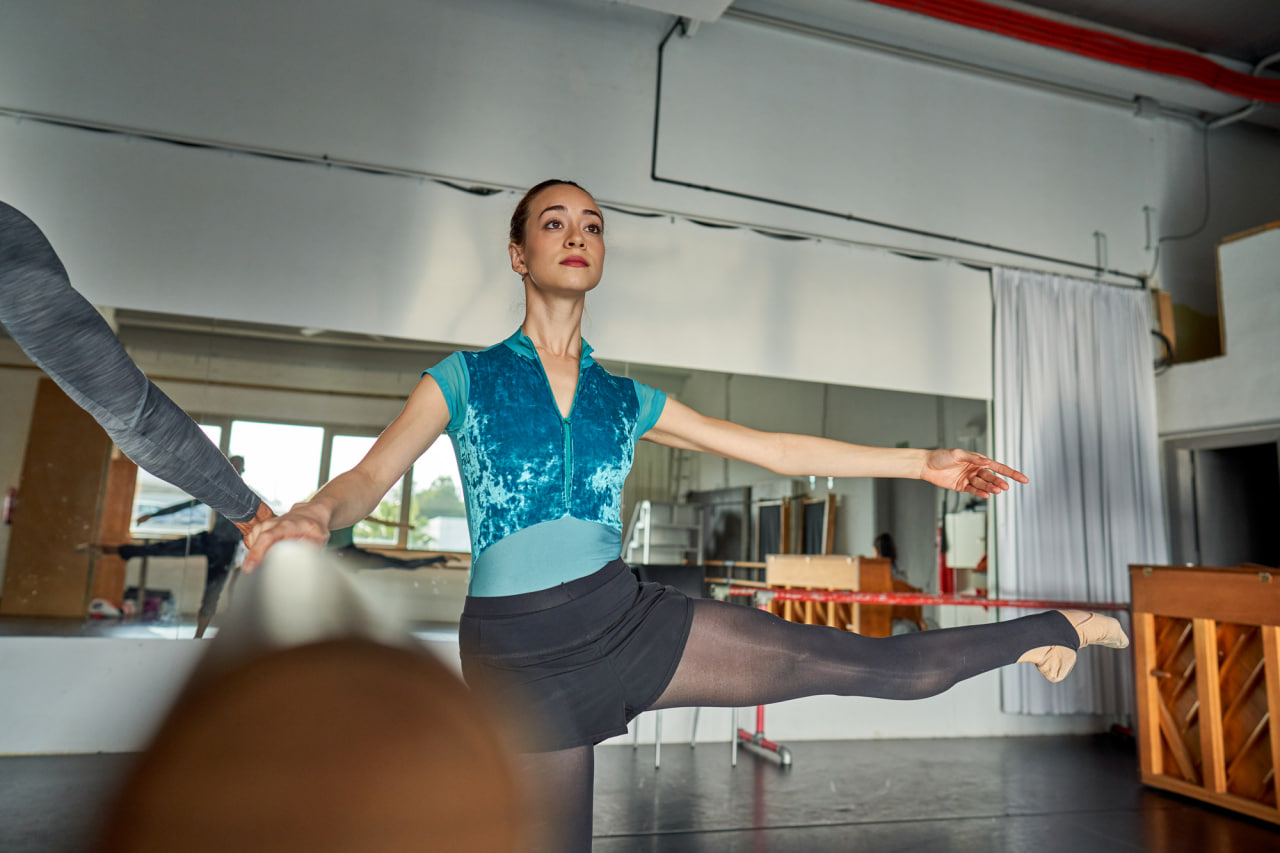For beginners, mastering the fundamental steps of ballroom dance is the first step toward elegance, rhythm, and confidence on the dance floor. Understanding basic steps across popular dances such as the waltz, tango, foxtrot, and cha-cha provides a strong foundation for technique, timing, and partner connection. By focusing on these essentials, new dancers can build skill, poise, and enjoyment in every movement.
The Waltz: Smooth and Flowing
The waltz is known for its graceful, flowing movements and 3/4 time rhythm. Beginners typically start with the basic box step, which forms the foundation for more complex sequences.
Key elements include:
- Posture – Maintain an upright frame with shoulders relaxed and head lifted.
- Steps – Step forward, side, and close in a square pattern for the lead; step backward, side, and close for the follow.
- Timing – Step on each beat, with the first step typically heavier and more pronounced.
Practicing the box step slowly and gradually increasing speed helps dancers develop control, balance, and smooth transitions.
The Tango: Sharp and Precise
Tango is characterized by staccato movements, dramatic pauses, and a strong sense of connection between partners. Beginners should focus on the basic forward and backward step pattern.
Key elements include:
- Frame – Maintain a firm yet flexible connection with your partner.
- Movement – Step forward for leads, backward for follows, emphasizing precision and posture.
- Expression – Incorporate sharp accents and pauses to convey the dance’s dramatic style.
Practicing tango with controlled motion and attention to musical accents helps beginners internalize rhythm and build confidence in execution.
The Foxtrot: Smooth and Relaxed
The foxtrot features a smooth, flowing style with long, gliding steps. Beginners often start with the basic “slow-slow-quick-quick” pattern.
Key elements include:
- Timing – Slow steps on beats one and two, quick steps on beats three and four.
- Movement – Glide across the floor with relaxed, continuous motion.
- Connection – Maintain gentle contact with your partner, allowing natural lead and follow.
Practicing foxtrot improves balance, timing, and coordination, reinforcing the importance of flow and elegance.
The Cha-Cha: Lively and Rhythmic
Cha-cha is energetic, syncopated, and playful. Beginners typically learn the basic step pattern of “cha-cha-cha” combined with rock steps.
Key elements include:
- Rhythm – Step on beats two, three, and four, followed by a rock step on beat one.
- Movement – Keep steps small, precise, and rhythmic.
- Expression – Allow hips and arms to move naturally, enhancing the lively character.
Practicing cha-cha helps beginners develop musicality, timing, and coordination while emphasizing rhythmic precision.
Combining Steps and Partner Awareness
Once individual steps are mastered, beginners should practice combining them into sequences with their partner. Paying attention to frame, lead and follow, and timing is essential. Repetition and slow practice allow dancers to internalize steps, anticipate movements, and respond naturally to their partner.
Integrating basic steps into short routines also builds confidence and prepares dancers for more advanced techniques and choreography. The combination of technique, rhythm, and partner connection creates a foundation for lifelong ballroom dancing success.

